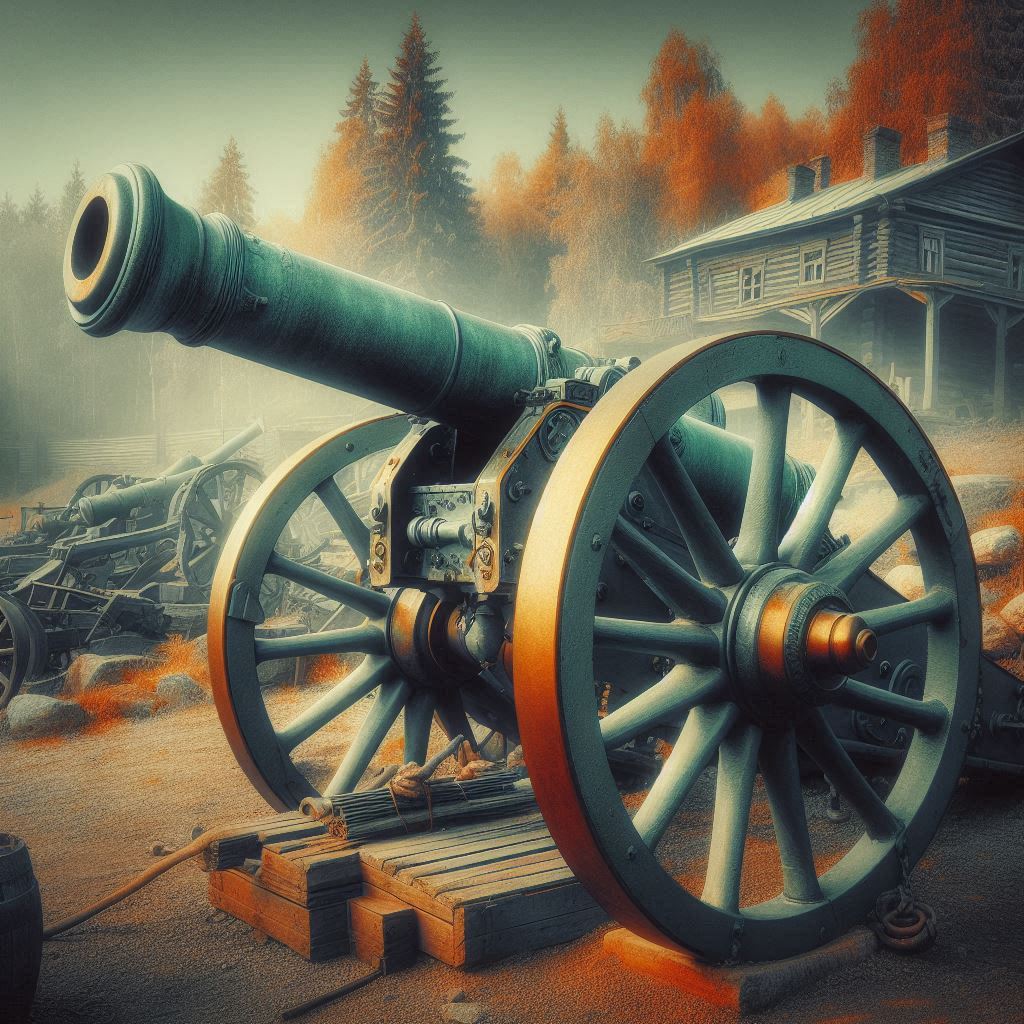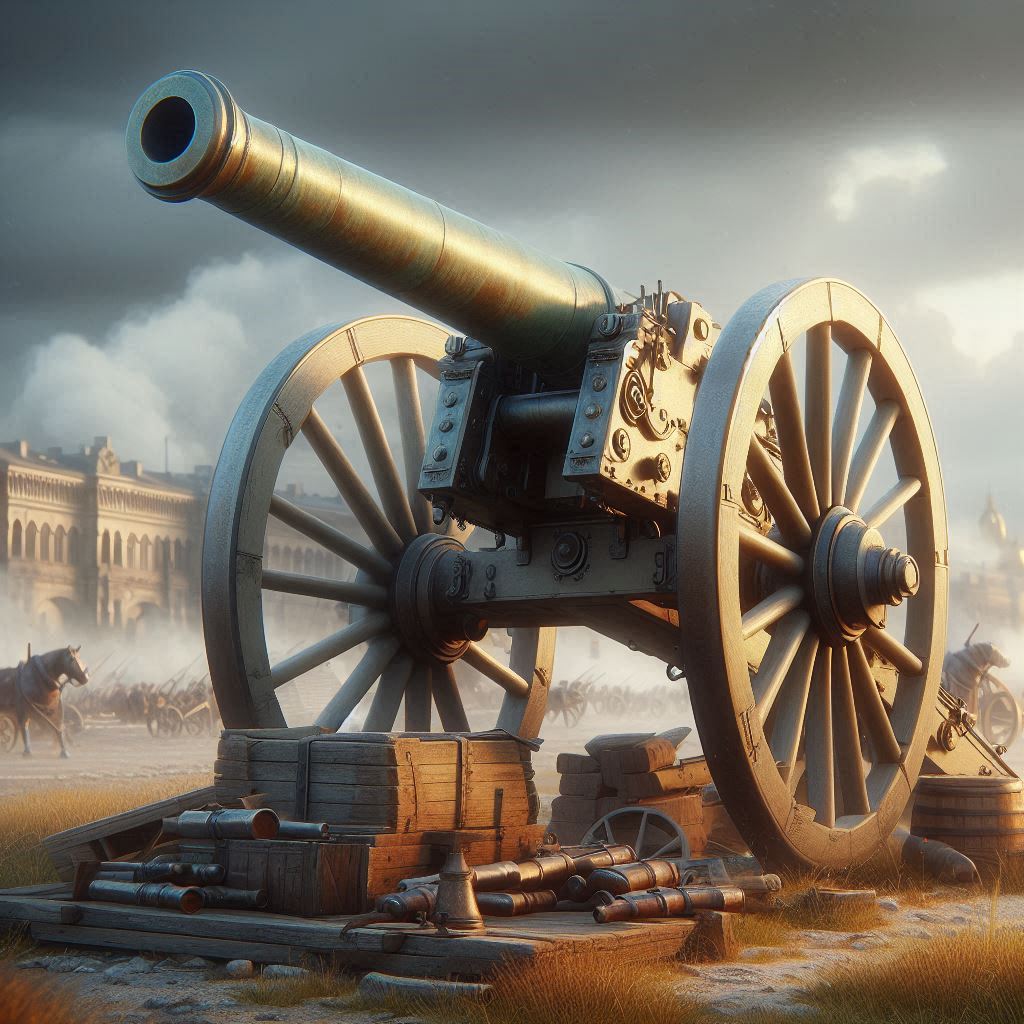Artillery OGRANISATION

Summary Historical
- **Artillery Equipment:** Cannons during the Civil War were made of iron or bronze and were often unreliable and dangerous to operate. Types included field cannons, howitzers, and siege guns.
- **Ammunition:** There were four main types – solid shot, explosive shells, case shot (shrapnel), and canister – each with specific uses and effects on the battlefield.
- **Operations:** Crews manually aligned, loaded, and fired cannons, achieving up to four shots per minute under heavy attack. Cannons were primary targets for infantry, and crews often destroyed their own weapons to prevent enemy use.
- **Union & Confederate Forces:** Both sides had around 68 batteries, but the Union had more guns per battery, simplifying ammunition logistics. Confederate batteries faced challenges due to mixed artillery types.
- **Cannon Models:** Common models included the 12-pounder “Napoleons,” known for efficiency in short-range defense, and advanced Whitworth rifles with extended ranges.
- How Many Crew man:
- Typically, a single cannon during the Civil War required a crew of around 6 to 8 soldiers for effective operation. Each member of the crew had specific roles, such as aiming, loading, swabbing, and firing the cannon. Additionally, there were support personnel involved, such as those handling the horses, caissons, and ammunition, bringing the total number of people supporting a battery to a much higher count.
- How many Officers:
- In general, one officer would oversee a battery, which typically consisted of 4 to 6 cannons during the Civil War. The officer was responsible for the overall command and coordination of the battery, including giving orders for positioning, firing, and logistical support.
- Union batteries tended to be larger, with six cannons per battery, while Confederate batteries were often smaller, with only four cannons.
Separate spotters:
- Spotters in a Civil War battery were not strictly assigned in formal numbers, but typically each battery would have one or two spotters or artillery observers. Their role was crucial for determining targets, adjusting fire, and ensuring accuracy. Spotters communicated with the battery commander, providing updates on the effectiveness of cannon fire and changes in enemy positions.
- These observers might use binoculars or other optical tools to perform their duties, and their expertise in reading the battlefield often made them key contributors to the success of artillery operations.
Some depending’s from the game:
- There is no NCO role with Binoculars.
- In the game *War of Rights*, several types of Civil War-era cannons are featured, including:
- **3-Inch Ordnance Rifle**: Known for its reliability and accuracy, with a range of about 1.5 miles.
- **M1857 12-Pounder “Napoleon”**: A widely used smoothbore cannon, effective for short-range defense.
- **10-Pounder Parrott Rifle**: A rifled cannon with a reinforced breech, offering extended range.
So with this Information let me give a! EXAMPLE! for image usage:
overall, it should only be soldiers with a minimum of 1 Arty drill assigned to Artillery
for every GUN
- as in the most events a minimum of 3 Crewman per Canon should be assigned
- the crewman for each cannon should have a clearly assigned role for each battle
- 1 Gunner , 1 Sponge / Ram -r , 1 Loader / Firer (with 4 Crewman a separate Prime and Fire Man)
- the Commando for each gun should be on the gunner
- all crewman have designated Position on the guns where they wait for tasks (so that they not interrupt other process and not get killed)
For the Officers
- one officer should maximum overwatch 2 guns (conclusion on that we have no separate spotter role in game)
- one of the officer should be assigned to battery Commander for the battle (only he should attack with the pistol)
- the not as battery Commander assigned Officer can / should use the pistol only for Defense
- the battery commander assign BEFORE the battle starts the Crewman and their roles to the canon’s
What you Think about this ?!?
greetings
Sgt Maj. John Cooke


